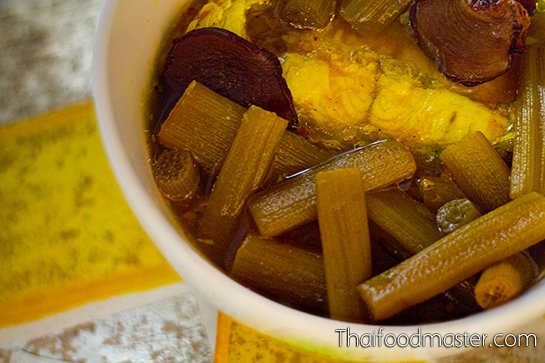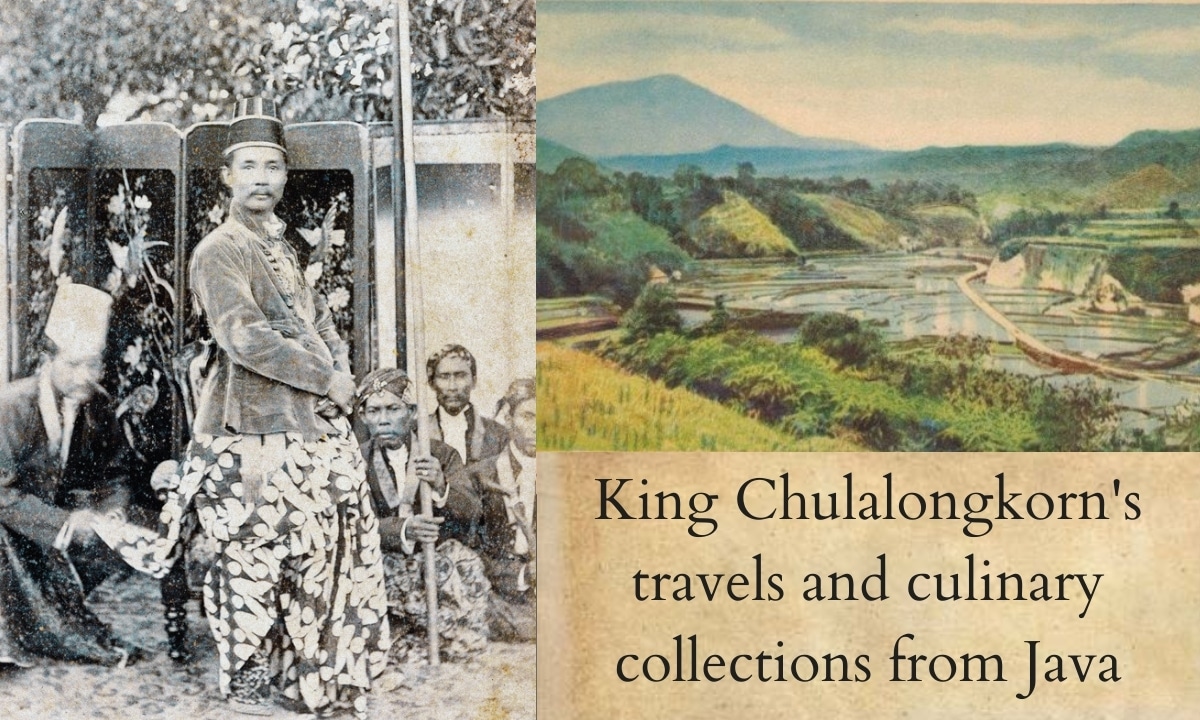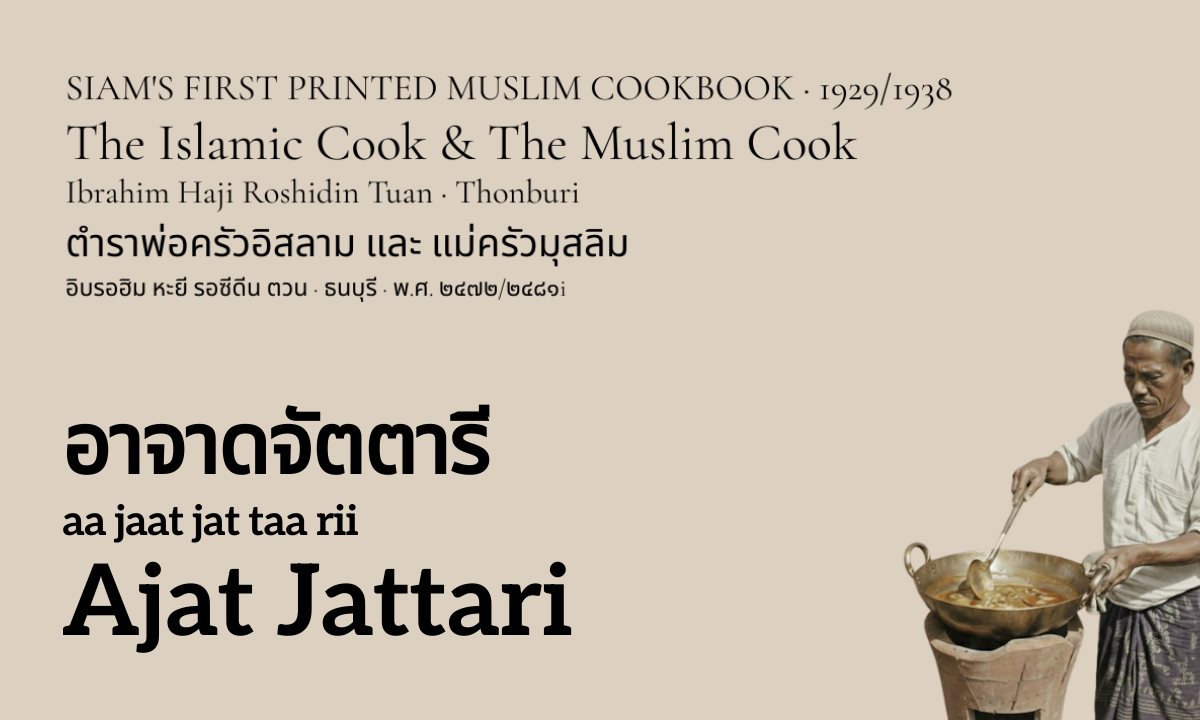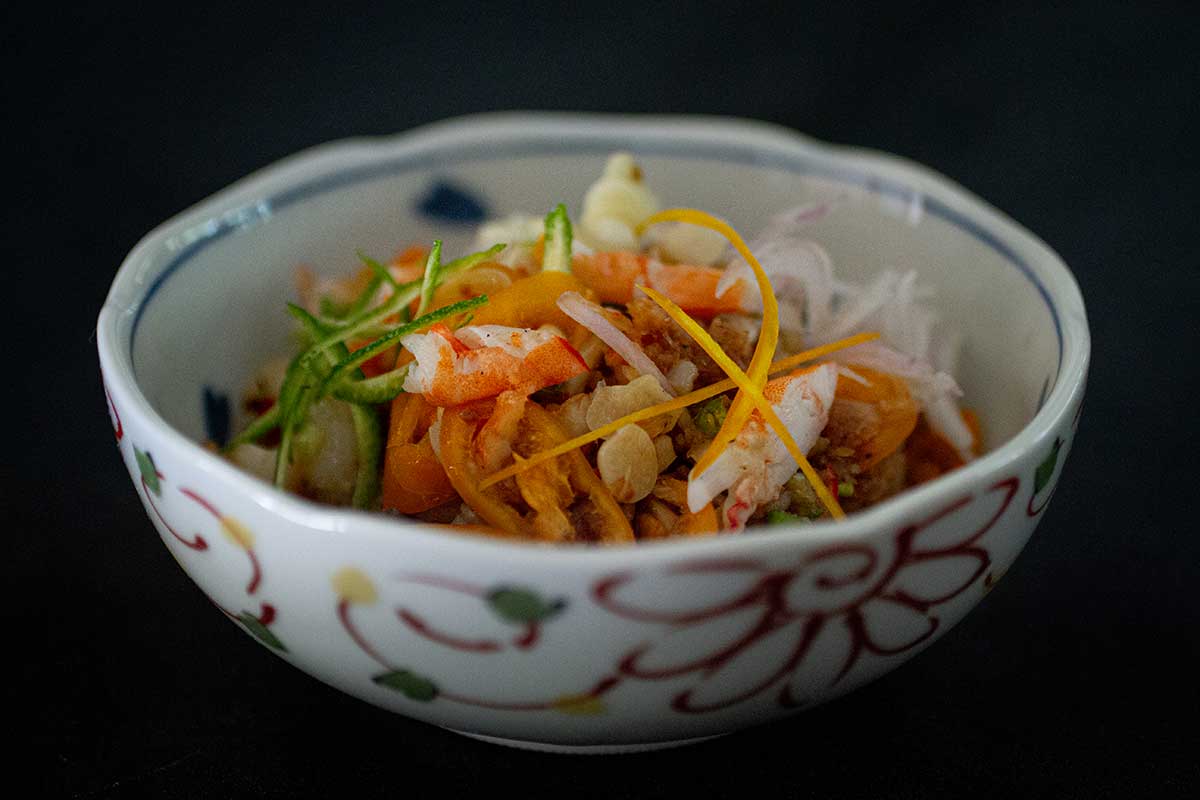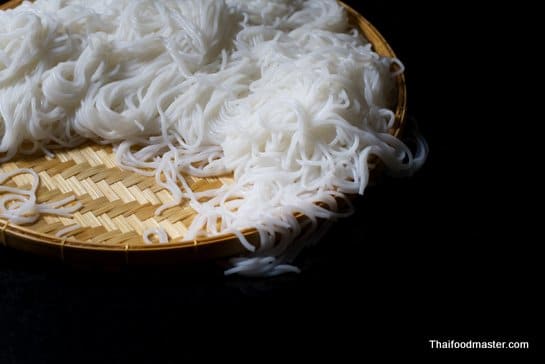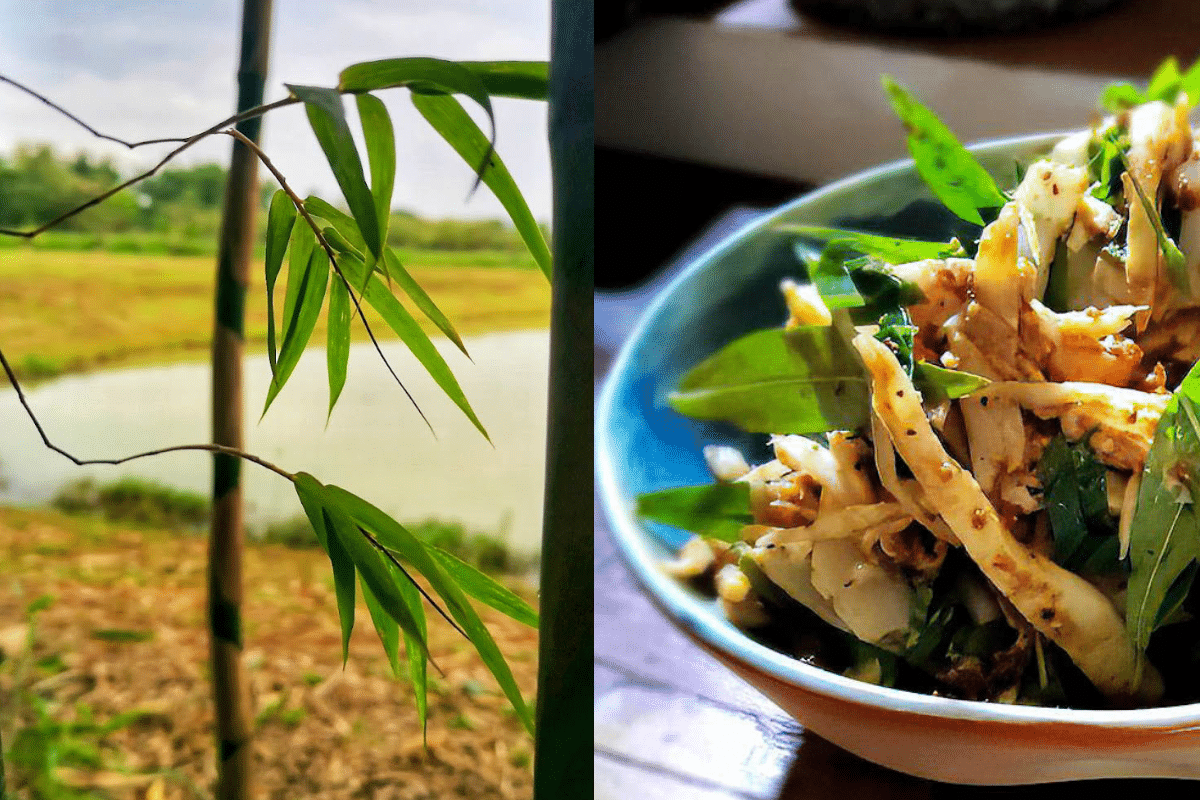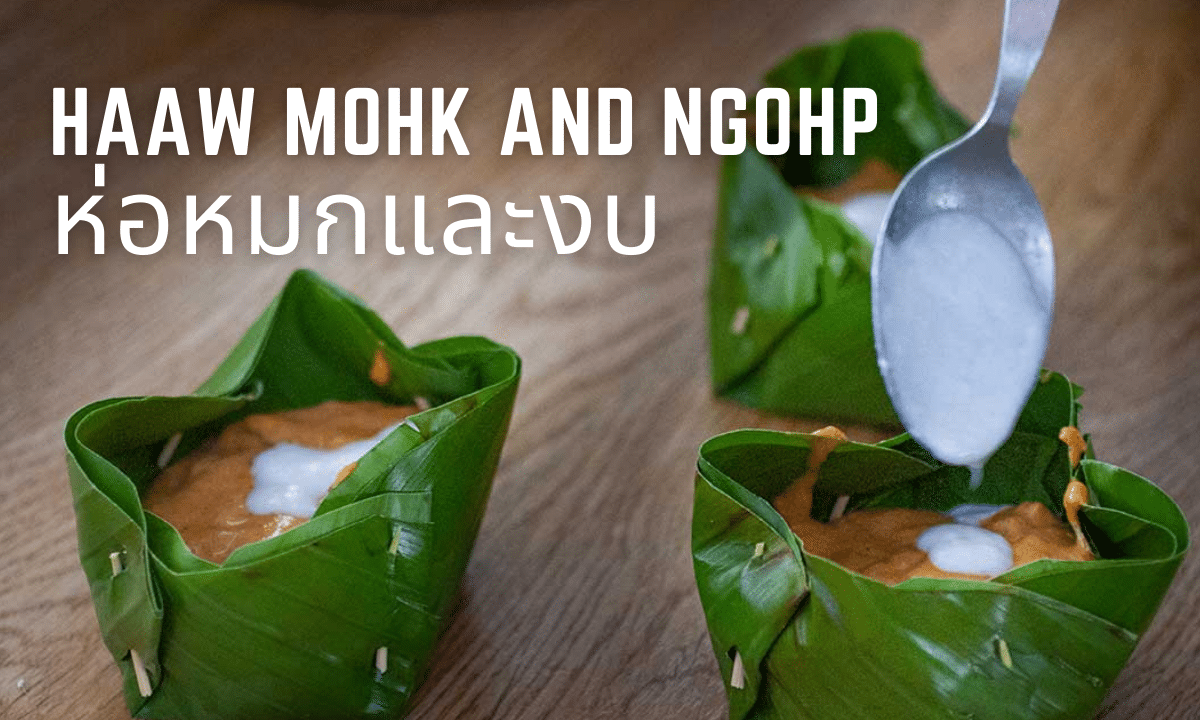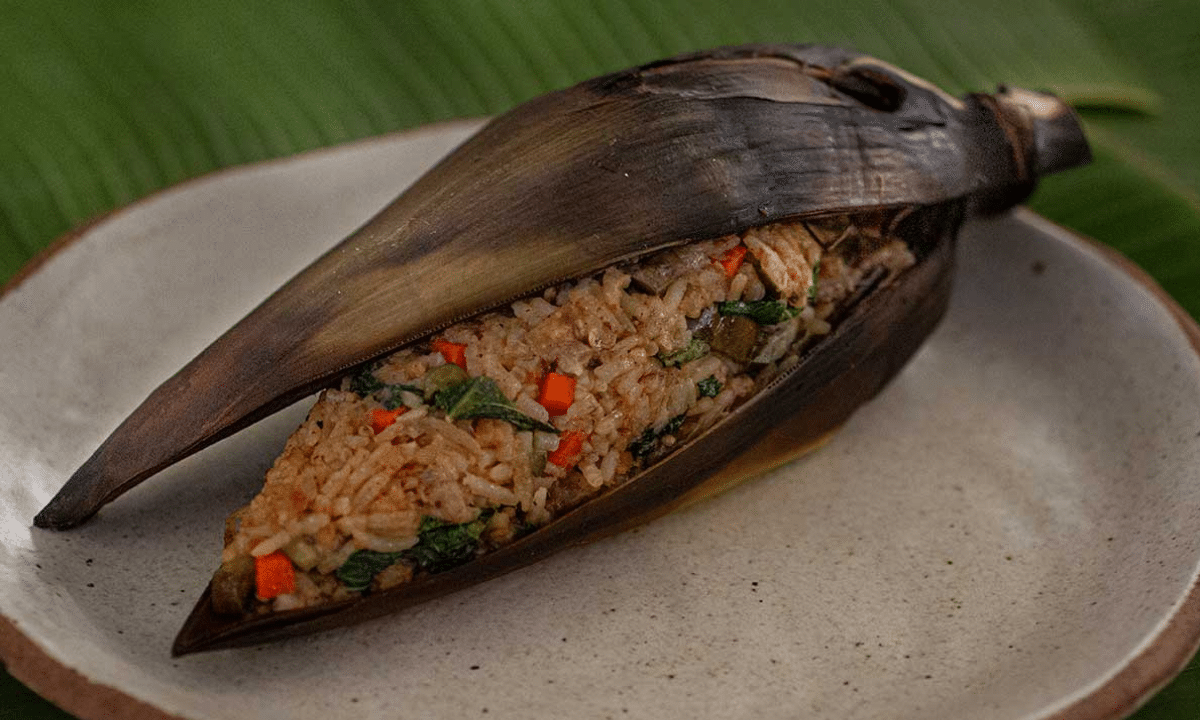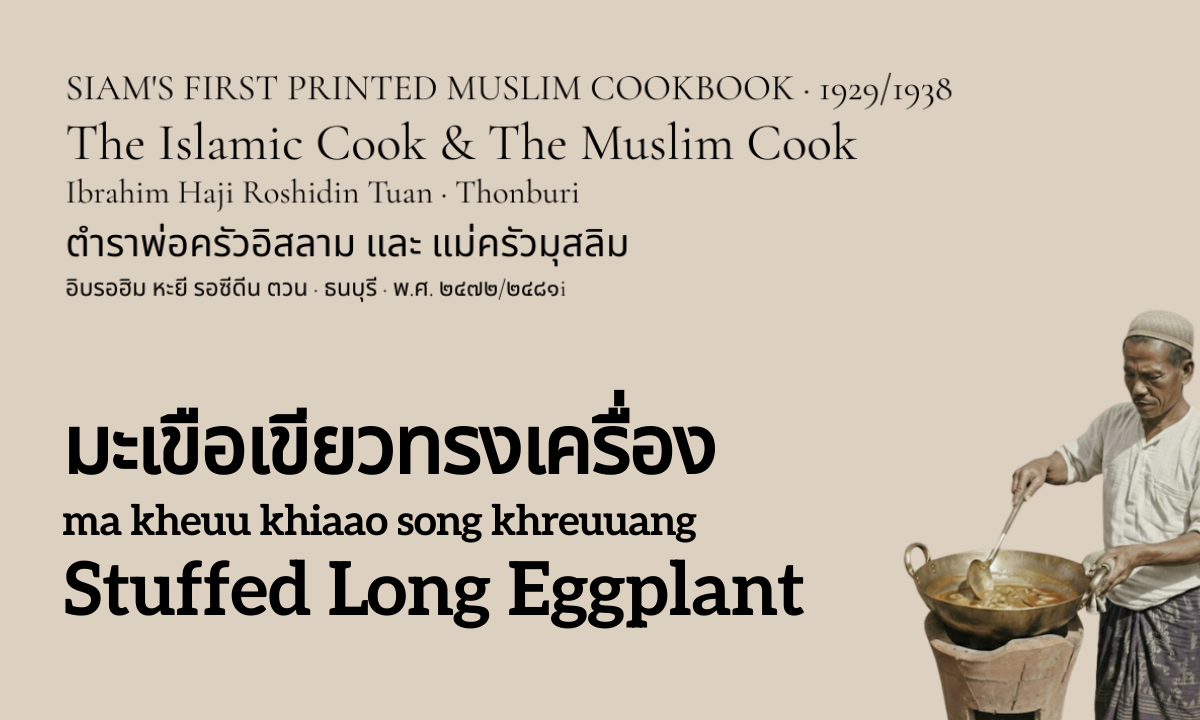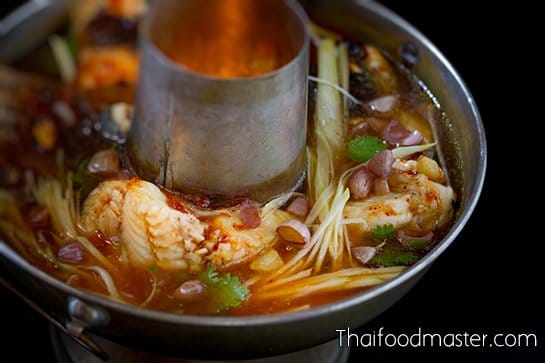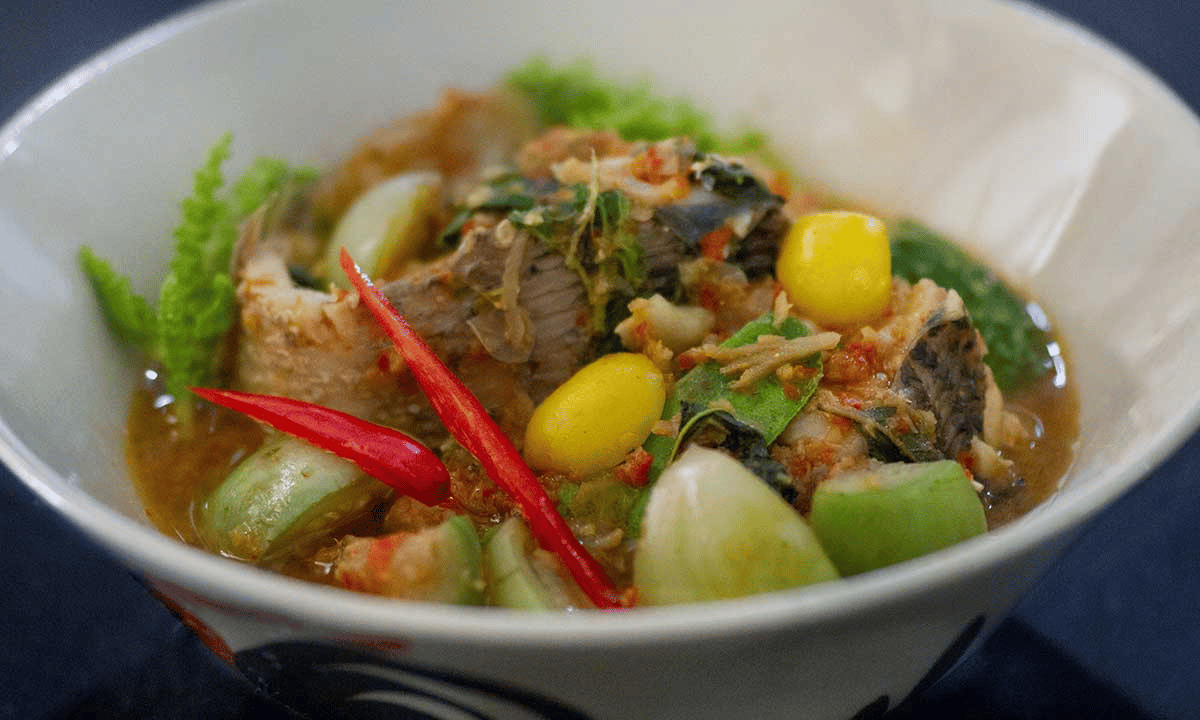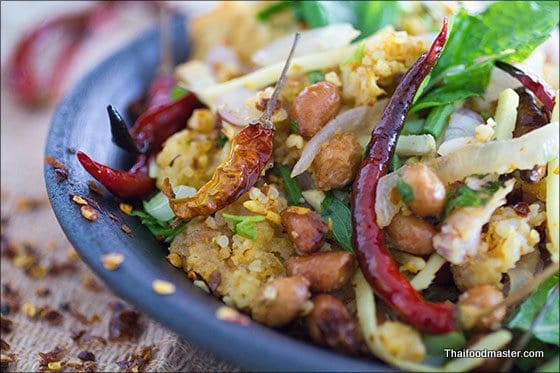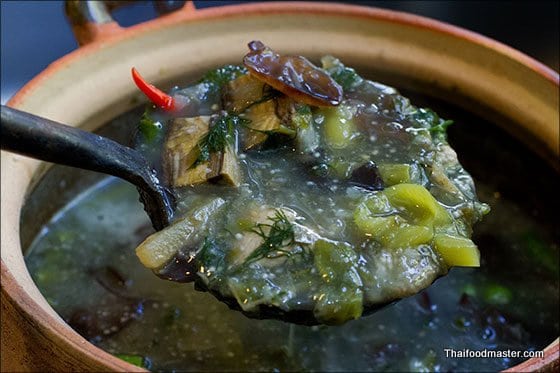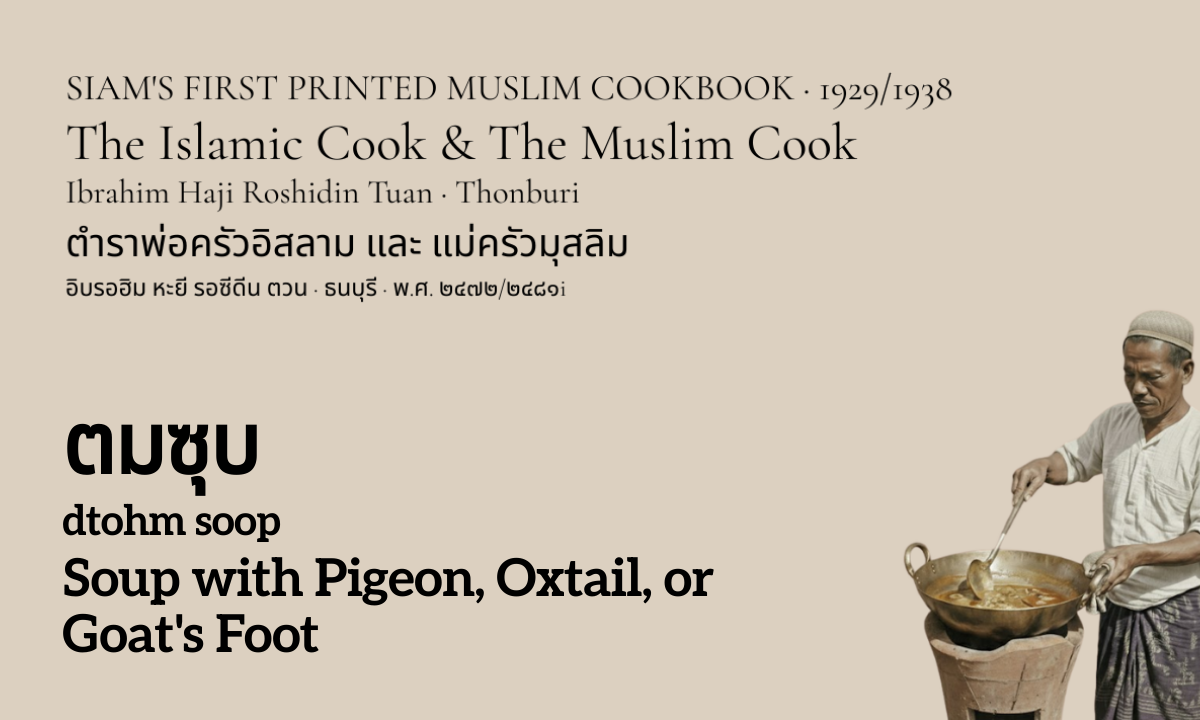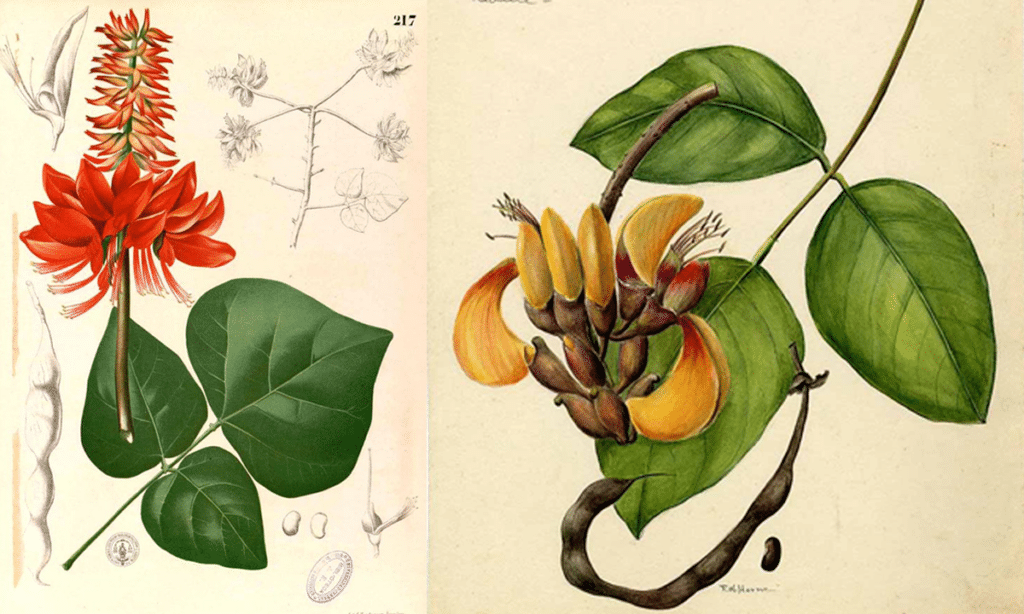
There are a few varieties of thaawng laang trees in Thailand, some with oval leaves and others with elongated leaves. The recipes do not specify which type should be served with bplaa naaem or muu naaem.
Thaawng laang trees are perennials that are planted in the durian orchards in Nonthaburi province. Its leaves are rich and sulfuric and, when they fall and decompose, they create a natural fertilizer for the durian trees. More important, the tree has a softer wood than the durian, so it lures worms and insects to feed on it, thus protecting the durian trees from pests.
Since all the varieties of thaawng laang trees are planted in the durian plantations, it is likely that the farmers used them indiscriminately and referred to them collectively as thaawng laang.
1. Thaawng laang bai mohn – Erythrina suberosa (ทองหลางใบมน ทองหลางไทย ทองหลางบ้าน)
Has elongated leaves which are fairly thick; the young leaves can be eaten fresh, while more mature leaves are deep-fried.
2. Thaawng laang bai ree – Erythrina fusca (ทองหลางใบรี, ทองโหลง, ทองหลางนํ้า)
Has oval and soft leaves that are usually eaten fresh.
3. Thaawng laang bai laai – Erythrina orientalis (ทองหลางลาย)
Has oval leaves with markings. The leaves are usually deep fried and used as decoration in dishes like khaao khwan (ข้าวขวัญ), a seasoned rice with tamarind flesh chili relish, salted fish, smoked fish, duck eggs and salted beef.
4. Thaawng laang bpaa – erythrina subumbrans (ทองหลางป่า)
Has oval leaves which are eaten fresh and used in salads or curries.

Thaawng laang bai laai
Thaawng laang bai ree
Thaawng laang bai mohn
